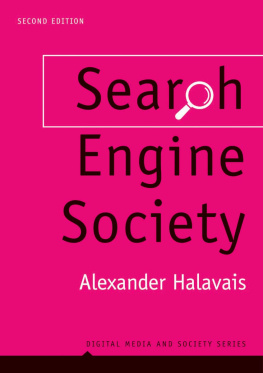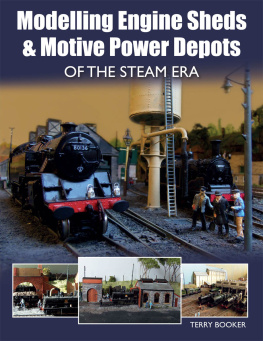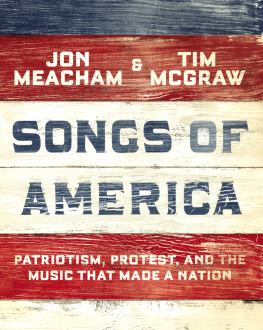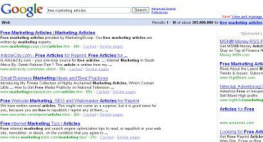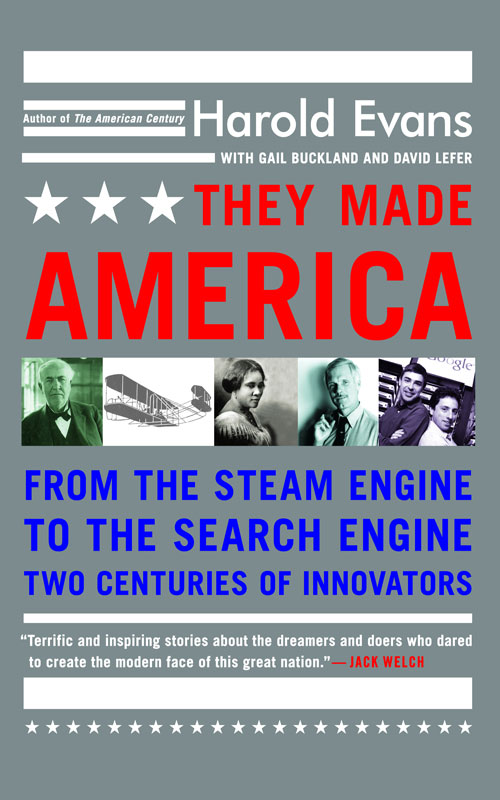Copyright 2004 by Harold Evans Associates LLC
All rights reserved. No part of this book may be reproduced in any form or by any electronic or mechanical means, including information storage and retrieval systems, without permission in writing from the publisher, except by a reviewer who may quote brief passages in a review.
Back Bay Books / Little, Brown and Company
Hachette Book Group
237 Park Avenue, New York, NY 10017
First eBook Edition: February 2009
ISBN: 978-0-316-07034-8
Resounding acclaim for Harold Evanss
They Made America
Selected by Fortune magazine as one of the best books of the past 75 years
Innovators have been reinventing America for more than two hundred years. But no one has told their story with half of Harold Evanss authority, insight, or panache. They Made America is a terrific book.
Sylvia Nasar,Knight Professor of Journalism at Columbia University and authorof A Beautiful Mind
Formidable.... A rich, wide-ranging work.... Absorbing profiles of Americans whose inventiveness and industriousness changed the way human beings lived.
Neil Genzlinger, New York Times
With energy and brilliance, Harold Evans brings to life Americas business geniuses.... They Made America is so good that Evans deserves a place in it for the energy and innovation he has brought to the business of celebrating history and ideas.
Walter Isaacson,author of Benjamin Franklin: An American Life
Promises to become a major lasting landmark in the chronicling of American invention and innovation.
Frederick E. Allen, Editor, Invention & Technology
Evanss elegantly written book offers the same breadth and scope as his previous bestseller, The American Century.... Just as Edison was inspired by popular biographies of innovators before him, so might the next generation of scientific and commercial explorers find guidance in Evanss exciting survey.
Publishers Weekly
Monumental.
John McLaughlin
Harold Evanss superb new book will solidify his standing as an innovative historian of the American experience. Like its large subject, it is wholly original and bracing.
Sean Wilentz,Dayton-Stockton Professor of History at Princeton University
Fresh insights.
The New Yorker
A detailed and perceptive account of the efforts of people whose contributions were critical in giving shape to American life.
Jeff Madrick, New York Review of Books
Richly detailed, excitingly told.... Not only a fascinating reading experience, it may also well turn out to be a great public service.
Jesse Kornbluth, Headbutler.com
With his keen analytic intelligence and gift for absorbing storytelling, Sir Harold Evans has given us a brilliant, accessible, and original book.... A historic and important work that sheds light on that most elusive of qualities: the mystery of genius.
Jon Meacham, author of Franklin and Winston: An Intimate Portrait of an Epic Friendship
Evanss evident fascination with Americas can-do spirit bundles one along. He has a great story.
John Gapper, Financial Times
A fun and educational read.... An informative, well-researched, and well-written book that rewards repeated readings.
Robert A. George, New York Post
A wonderful book.
Lou Dobbs, CNN
In magisterial prose, Evans presents fascinating and energetic portraits of 70 quintessential American innovators.
Library Journal
When Harold Evans thinks about American history he thinks big.
Jeff Bercovici, Womens Wear Daily
A way to learn from the best innovators in U.S. history.
Kevin Maney, USA Today
A superbly written survey of the most important innovators in this country.
Pia Catton, New York Sun
Quirky and satisfying from the first chapter to the last sidebar.
Dennis Drabelle, Washington Post
To the Memory of My Brother the Reverend Frederick Albert Evans
The Author Gratefully Acknowledges the Generous Support of this Publication by the Sloan Foundation
Advisers to
THEY MADE AMERICA
Daniel Kevles, Stanley Woodward Professor of History at Yale University
Victor McElheny, Massachusetts Institute of Technology
Merritt Roe Smith, The Leverett and William Cutten Professor of the History of Technology at Massachusetts Institute of Technology
You see things; and you say, Why? But I dream things that never were; and I say, Why not?
George Bernard Shaw, Back to Methuselah (1921)
NEW AMERICANS have been coming to the North American continent for four centuries in the hope of building new lives, free of the restrictions of the Old World. The newness and vastness of the surroundings, the shock of unfamiliar environments and the shortage of ready hands impelled an almost frantic drive by the early settlers for practical innovations that would make life less tenuous and more agreeable. Understanding just what innovation is and how it comes about is a vital subject for the 21st century, when intensifying competition from around the world requires Americans to innovate as briskly as did those first adventurers.
I have been interested in the adaptive genius of Americans since the misty morning 50 years ago when I walked the shoreline of the James River to retrace the steps of the first English settlers in Virginia. Around the original site of the Jamestown palisaded fort, I watched archaeologists sift through the soil where they had isolated 50,000 fragments of the first English colony of 350 years before: an earthenware oven; a swept hilt rapier; pieces of ivory chessmen; a small caltrop with four wicked spikes to throw in the path of Spanish cavalry; scissors, needles and thimbles; a branding iron; hundreds of candle snuffers and gin bottles; and an ice pit for storing food. Captain John Smith brought 104 settlers in three sailing ships, anchoring on May 14, 1607. The first colony of 117 men, women and children, settled in the Roanoke wilderness ten years earlier by Sir Walter Raleigh, had vanished, but the Jamestown settlers survived Indian hostility and the starving time.
They did it by innovating. In Jamestown today, visitors can see how they made good use of the chain mail and breastplates they brought to fight a Spanish army that never came. It was too cumbersome for Indian warfare, so they cut up the armor and recycled the parts as cooking pans. When their exports of silk, glass, sassafras and soap ashes were not enough to pay for their essential supplies from the motherland, they concentrated on John Rolfes innovation, the crossing of an indigenous plant with seed from the West Indies to produce the first and long-sustaining export: tobacco well suited to the soil of Virginia and appealing to tastes in London. After 1776, the political innovations of these newly independent Americans gradually brought reality to the promise of individual liberty. The story of that evolution has been amply told in a number of classic histories and biographies; I added to the extensive literature with my own account of the flowering of freedoms in the second hundred years from 1889 to 1989 (The American Century). On the other hand, much less attention has been paid to the story of the practical innovations by which the Americans over two centuries used their freedom to provide comfort and security, and so came to advance the well-being of all mankind. The purpose of this book is to depict some of the principal creators of those innovations.





